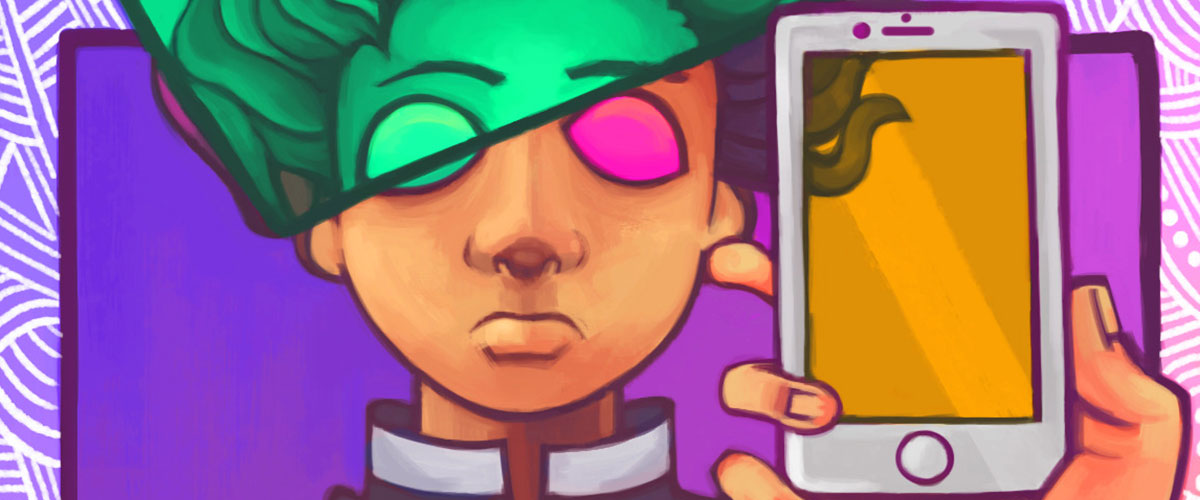Student Surrealist Art Exhibit
Irrational Technology: From the Ridiculous to the Sublime
Pinellas County – January 11 – March 8, 2020
Initiated in 1985, this annual art exhibit presents work by middle and high school students whom we invite to explore ideas and visions similar to those explored by Salvador Dalí and the surrealists. This year, the theme is “Irrational Technology.”
Today most of us associate the word “technology” with smartphones, gadgets, and robots, but we have been developing technology since the conception of stone tools. The creation of new technologies seems to be intrinsic to humanity, and it deeply affects the way we live. We invent to meet basic human needs, for social and economic needs, for our own convenience and to fulfill curiosity and the urge to create.
Dalí is renowned for his curiosity and urge to create. Science was a lifelong interest of his, and he read up on the newest scientific discoveries and technologies regularly. Dalí was inspired by the technology that could challenge reality and the visible world around us. We can see this influence in his art, particularly during his Nuclear Mysticism period (1950-58). And like his Renaissance counterpart Leonardo da Vinci, Dalí designed his own surreal ideas for new technology and inventions.
Had Dalí lived into this era, he would have embraced 21st-century technological tools to make his dream paintings ever more real. Technology can shape the way we live and the way we see the world—it can make the impossible possible. Our society is infatuated by technology and the possibility it brings, good or bad.
For the 2020 Student Surrealist Art Exhibit, we challenge students to explore surreal ideas about technology. Students may consider the absurdities of technology, the possible benefits and consequences of our fascination for technology, surreal technologies of their own, or an irrational world shaped by its technology. Interpretations may be dystopian or fanciful and humorous. All 2D media types are welcomed and encouraged.
There is no admission charge to view the student exhibition in the first-floor Raymond James Community Room. The Raymond James Community Room occasionally closes for private events, in which case the exhibit will not be accessible.
